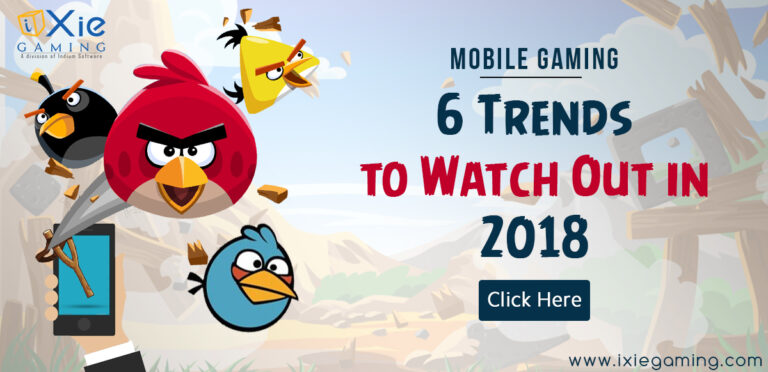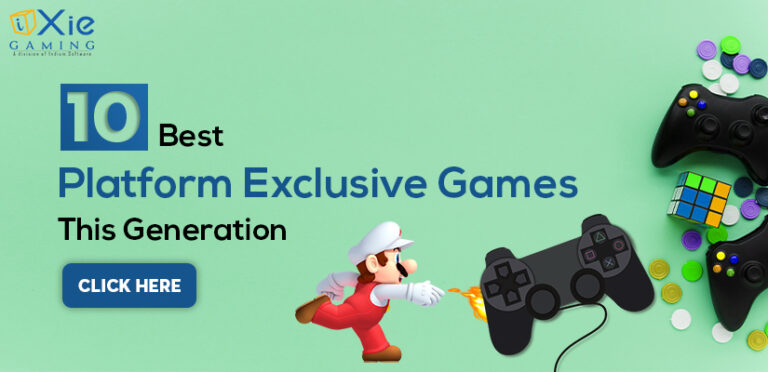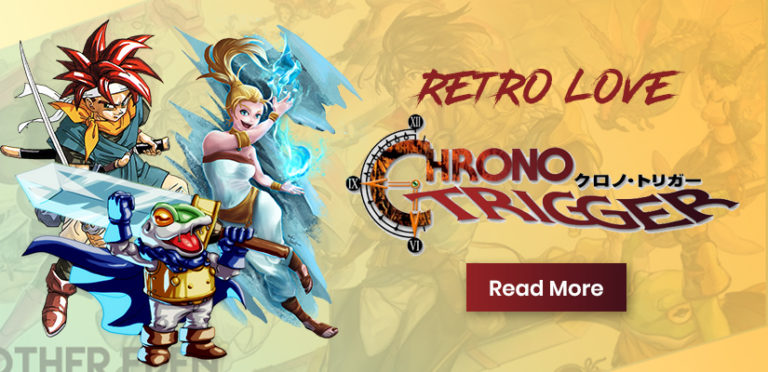The advent of handheld gaming consoles marked a significant era in the gaming industry. This bubble of time, between the early 2000s and mid-2010s, witnessed the rise of several iconic handheld consoles, including the Sony PSP, and various iterations of Nintendo’s DS line, such as the Nintendo DS, 3DS, and 2DS. Each of these innovative handhelds had something different to offer resulting in games that had unique traits and quirks inherent to those devices. Let’s look at what can only be described as The Golden Age of Handheld Gaming and the significance of each of these devices during this period.
The PlayStation Portable (PSP)
Sony’s PSP was released in 2004, marking Sony’s entry into the handheld gaming market. With its sleek design, vibrant widescreen display, and robust processing power, the PSP garnered attention for its multimedia capabilities beyond gaming. Sony’s innovative UMD (Universal Media Disc) format allowed users to enjoy movies and music on the go. More importantly, the PSP was a portable powerhouse designed to deliver console-quality gaming on the go. Sony aimed to redefine the handheld gaming experience and delivered on it while enjoying great success in the process.
PSP was home to some of the most technically advanced game development on a handheld in its time. Games like God of War: Chains of Olympus, Ghost of Sparta, Monster Hunter Freedom Unite, and Final Fantasy Tactics: War of the Lions broke new ground. PSP was also home to many quirky yet beloved titles like Patapon and LocoRoco, games that are considered the perfect fit for a handheld experience. The PSP achieved commendable success, with over 80 million units sold worldwide. Its global appeal, combined with a strong lineup of games, secured its position as a key player in the handheld gaming market.

Nintendo DS
Released by Nintendo in 2004, the DS stands as a groundbreaking handheld gaming console that redefined the gaming experience for millions worldwide. The DS, short for “Dual Screen,” introduced a unique blend of innovation, portability, and interactive gameplay that left an indelible mark on the gaming industry. The most distinctive feature of the device was its dual screens, with the lower touchscreen providing a novel method of input.
This innovation allowed for a more interactive and intuitive gaming experience, enabling developers to create innovative gameplay mechanics that leveraged both screens simultaneously. The DS appealed to a broad demographic, transcending traditional gaming boundaries. Its user-friendly design, touchscreen interface, and diverse game library attracted players of all ages, from seasoned gamers to casual users.
Games like New Super Mario Bros., The Legend of Zelda: Phantom Hourglass, and Brain Age showcased the console’s versatility. Whereas games like Nintendogs, one of, if not the first ever virtual pet simulation game, became a cultural phenomenon, allowing players to care for and train virtual puppies. It became a staple device for family entertainment and gaming on the go. The DS family included various iterations, such as the DS Lite, DSi, and DSi XL, each building upon the success of its predecessor. Selling over 150 million units, the DS stands tall as the most successful handheld console of all time. Thanks to its innovative design, coupled with a wide range of games that appealed to a broad demographic, it was no short of a cultural phenomenon in its time.
Nintendo 3DS
Building on the legacy of the DS, the Nintendo 3DS, introduced in 2011, added stereoscopic 3D capabilities without the need for glasses. This represented a significant leap forward in handheld gaming technology and it set the 3DS apart in the Handheld gaming landscape. Leveraging the console’s dual cameras, the device introduced augmented reality games that merged the virtual and real worlds. The addition of the Circle Pad and Gyro Sensor enhanced control options, providing more immersive gameplay experiences.
The 3DS showcased Nintendo’s ability to push boundaries and implement innovations in a meaningful way. And the games on the device serve as a testament to that fact. Games like The Legend of Zelda: A Link Between Worlds, Ocarina of Time 3D, Pokémon X and Y, Super Mario 3D Land, and Animal Crossing New Leaf brought something new and unique to the experience possible only on the 3DS at the time. Despite the monumental success of the 2DS, the 3DS faced a troubled launch, owing to skepticism about the viability of 3D gaming on a handheld device.
But, the handheld rebounded, selling over 75 million units worldwide, which is no short feet. The 3DS served as home for several of Nintendo’s innovations, to the extent that some would consider it as a detriment. But for those not into 3D, Nintendo had another device cooking and delivered it very shortly following the 3DS.
Nintendo 2DS
Released alongside the 3DS in 2013, the Nintendo 2DS was introduced as a more affordable alternative for gamers who were not interested in the 3D functionality. Breaking away from the clamshell design of its predecessors, the 2DS offered an alternative form factor while retaining compatibility with the vast library of Nintendo 3DS games. It still retained the dual-screen design and provided a budget-friendly entry point for handheld gamers.
This made the 2DS an ideal choice for younger gamers. Its sturdier build and lower price point made it more suitable for rough handling, something that most handhelds were not built for. While not as prominent as the 3DS, the 2DS contributed to the overall success of the handheld family, selling millions of units, and cementing its place as a complementary device to its 3D cousin. Its affordability appealed to budget-conscious gamers and families.

Conclusion
The PSP, Nintendo DS, 3DS, and 2DS collectively define “The Golden Age of Handheld Gaming,” showcasing innovation, diversity, and cultural impact. Each device left an enduring mark on the gaming landscape, contributing to the evolution of portable gaming and influencing subsequent evolutions in the industry including today’s multi-billion-dollar mobile gaming landscape.
The diverse libraries of these devices, coupled with their innovative features, solidified their place in gaming history. Since then, the gaming market has evolved out of dedicated handheld devices, thanks to casual gamers being pulled into games on mobile devices. However, with the success of the Nintendo Switch, and the rise of the handheld PC market giving birth to devices like the SteamDeck and ROG Ally, we can be hopeful for the return of prominent handheld consoles. With rumors of Sony working on a dedicated handheld console, unlike the PlayStation Portal, these hopes can only get stronger. Here’s hoping we see the return of The Golden Age of Handheld Gaming soon.
Frequently Asked Questions
There were two notable versions of the DS. The original DS and the 3DS. These were the distinctive systems. However, within these two devices, there were plenty of sub-categories with slight modifications to appeal to different demographics. The DS, subsequently iterated as DS Lite, DSi, and DSi XL. The 3DS has its own iterations in the form of 3DS XL, 2DS and 2DSXL.
PSP was known for console quality games on a handheld. Games like God of War: Chains of Olympus, Ghost of Sparta, Monster Hunter Freedom Unite, and Final Fantasy Tactics: War of the Lions are all examples of the power of the PSP
Handhelds have taken many different forms today. We have the mobile phone for a casual audience, and devices like SteamDeck and ROG Ally for hardcore gamers, while some gamers prefer cloud centric devices like the Logitech G Cloud.
With platform exclusivity shrinking by the day, and devices big and small butting heads in terms of power, the future of handheld gaming, while strong, will be different. We can see AAA titles running on handheld devices, while also catering to indie titles that are released on all platforms.






